Moonboots, perms, and leg warmers lined the hallways as lockers doubled for study areas. Instead of Starbucks and TikTok, students spent their time cramming for tests without the help of Google and ChatGPT while listening to “Start Me Up” by the Rolling Stones on their Sony Walkmans. That was Latin in 1980.
Decades later, Latin continues to be a hub for intellectually driven students who excel beyond their high school years, becoming the next generation of successful leaders. But how did Latin evolve to become the school we see today, and how have the culture and opportunities changed for students?
Beyond the differences in fashion and pastimes, Latin was a much smaller school, with around 70 students per graduating class, and only one building to fit both Middle and Upper School students. The close proximity allowed kids to maintain strong relationships with their peers, similar to the friendships Latin has fostered today.
“The friends that I’ve met at Latin are genuine and I know we will be close for the rest of my life,” sophomore Meredith Maechling said. “Since I’ve been at Latin my whole life and since it is such a small school, I’ve met so many amazing people and have many close relationships.”
Although the relationships remain similar, one of the biggest changes in student life is how students experience the stringent academic expectations. Today, students such as junior Tomas Mendoza-Pena feel the workload is challenging, but achievable. “I think it can be a lot some days, but it is manageable if you learn how to prioritize homework over other stuff,” he said. “It has definitely gotten harder for me as I have gone throughout my years at Latin.”
Latin alum and parent Jennifer Antelis ‘82 echoed a similar sentiment, but she noted the strenuous work she faced began at a much younger age.
“Even in Lower School, I remember a lot of homework, lying on the floor and doing spelling lists—all handwritten since we didn’t have computers at the time,” she said. “It never felt like I couldn't do the work, but once high school started, [especially] sophomore [and] junior year, I think it got really intense.”
She added, “I remember pulling all-nighters, sitting at the dining room table writing giant papers with 80 books laid out, running to turn them in, and then coming home and going back to bed.”
Although the workload can be taxing for students, Latin has now altered its one-size-fits-all approach to accommodate a wider spectrum of learners.
“Latin has changed a lot in wonderful ways,” Ms. Antelis said. “Students needed to be motivated, conscientious, and smart to succeed, but now, as I have watched [sophomore Myles Antelis] go through Latin, I have seen how it is very tailored for students and how they learn. She said, it was very traditional. You either do well at Latin or go somewhere else. Offerings now are amazing in terms of choices and what to learn.”
Ms. Antelis succeeded in this environment, but her sister and brother weren’t as fortunate. They both moved to boarding schools because Latin couldn’t accommodate the extra support they sought. Fortunately, Latin can now support students like freshman Lola Hoke, who has ADHD and often uses the resources provided through learning services to help manage and organize her assignments and schedules. “I’m grateful to go to a school that is so supportive of my attention deficiencies and is really good at accommodating my needs,” she said. “I have weekly meetings with Ms. [Elizabeth] Underwood (Upper School Learning Services teacher), which has helped me stay on task and manage my workload.”
Upper School history teacher Ingrid Dorer-Fitzpatrick, who has taught at the school since 1978, has witnessed firsthand how Latin has shifted and progressed to assist students like Lola. The advancements in the curriculum that prompt individualistic learning, such as independent study projects, varying electives, and Global Online Academy courses, have generated an environment where a diverse range of students can thrive, and have promoted a community committed to empowering others.
“Now, if people are struggling in class with tensions and [an] overwhelming workload, I don’t think they would be doing it alone,” Ms. Dorer said. “We recognize being there for each other [is] important, and I don't think that was as clear-cut.”
Although she feels that students are generally more understanding toward each other, Ms. Dorer still recognizes the natural competitiveness that stems from a school with students with high aspirations. This innate rivalry has seeped into the college admissions process.
Senior Zoe Hessell feels this pressure. “There is a lot of asking each other where people have gotten in, which makes it competitive, and overall, the process was definitely very stressful for me and a lot of my friends,” she said.
While there was always some pressure surrounding the college process, college decisions became an increasingly taboo topic over time. “No one ever said not to talk to each other; people broadcasted their accomplishments very deliberately, and the effect it had on other people was not dominant in people's thinking,” Ms. Dorer said.
However, Ms. Dorer acknowledged the benefits of protocols established by the college counseling office that focus on limiting questions about other students' college process. These expectations have helped promote an empathetic and more mindful environment, which differs from the atmosphere at Latin 40 years ago.
Despite these practices, students continue to feel anxiety around college and other sectors of student life. This stress has only been amplified since the onset of social media. However, Ms. Antelis believes that social media has some positive effects, including promoting more civically engaged and aware students.
“I have to wonder if you guys know so much more about everything,” she said. “The world is so open and huge to you, and it could be that my parents weren't very political, but politics weren’t a thing. The world wasn’t as charged or loaded, but we also didn’t know as much of the crazy.”
This exposure has shifted students' attitudes and perspectives, underscoring only some of the many ways Latin students have changed over the years. Although the school continues to adapt to the challenges around it, the heart of its students remains the same.
“Since the day I walked in here, I was incredibly impressed with how interested students could be,” Ms. Dorer said. “I think students took it seriously then and now, and I don't think there's much difference in the desire to learn from Latin students.”

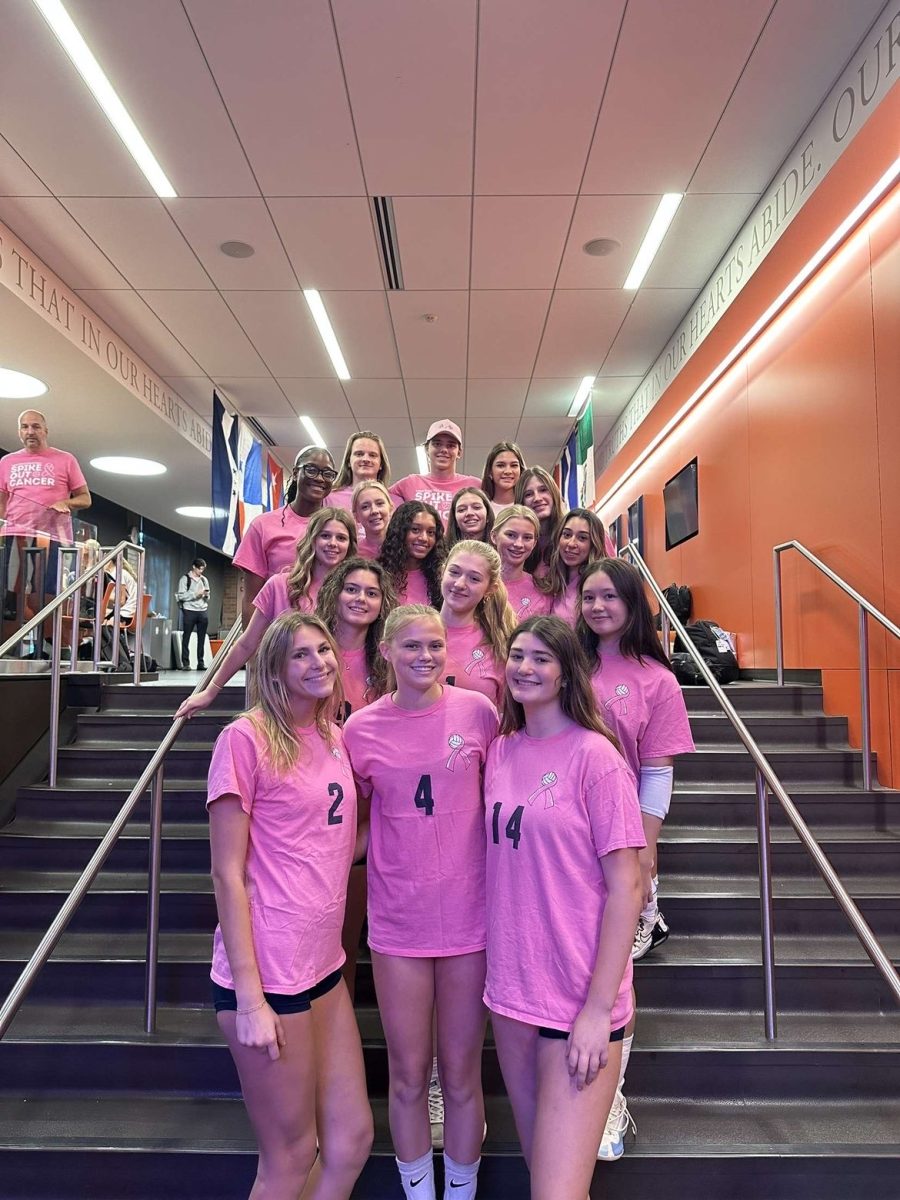


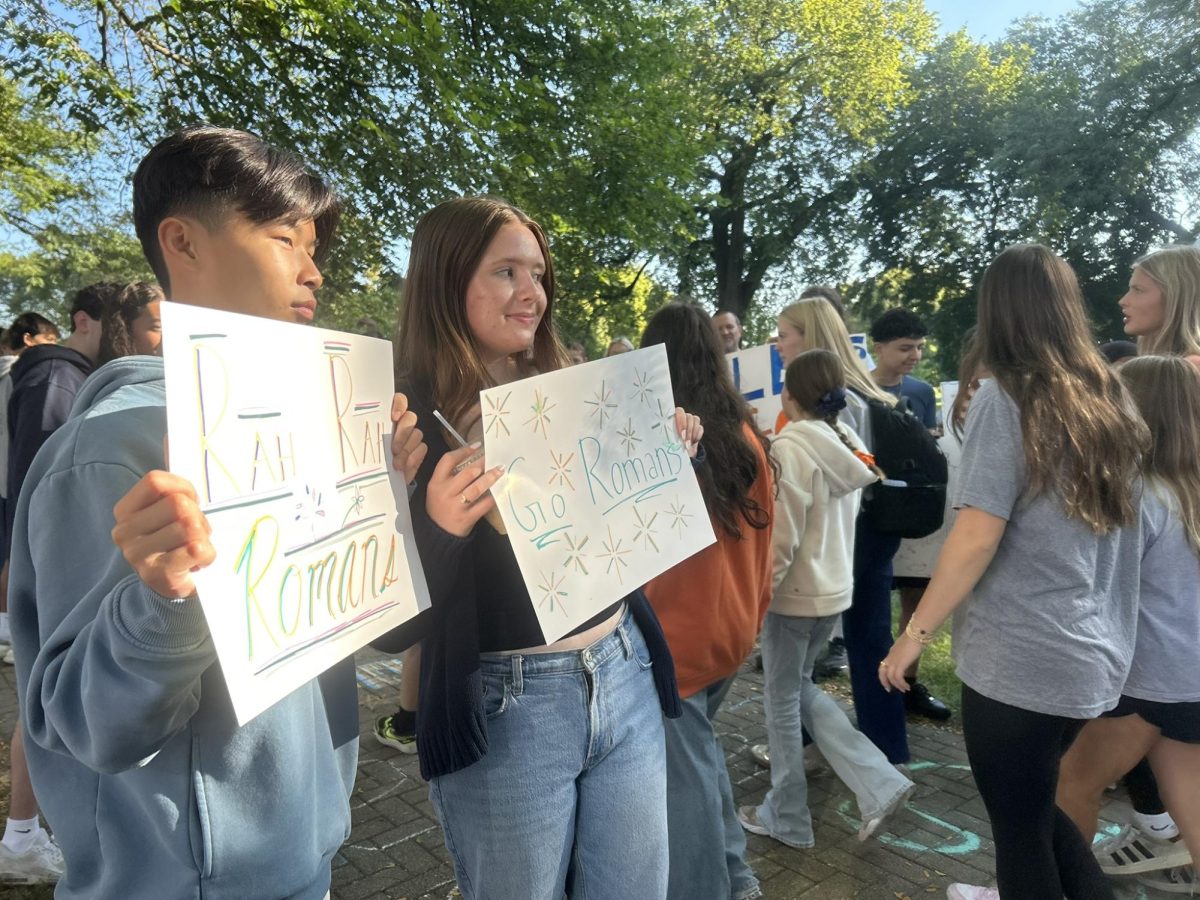
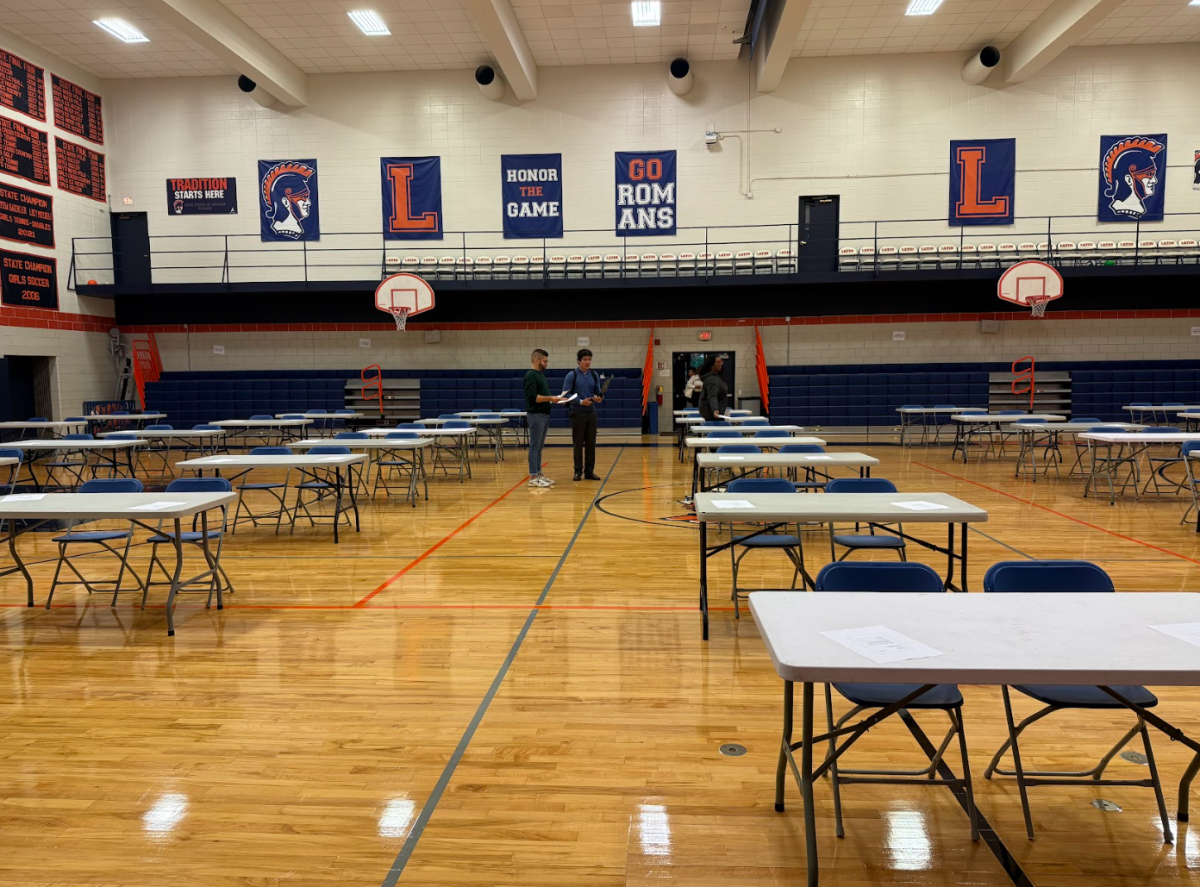

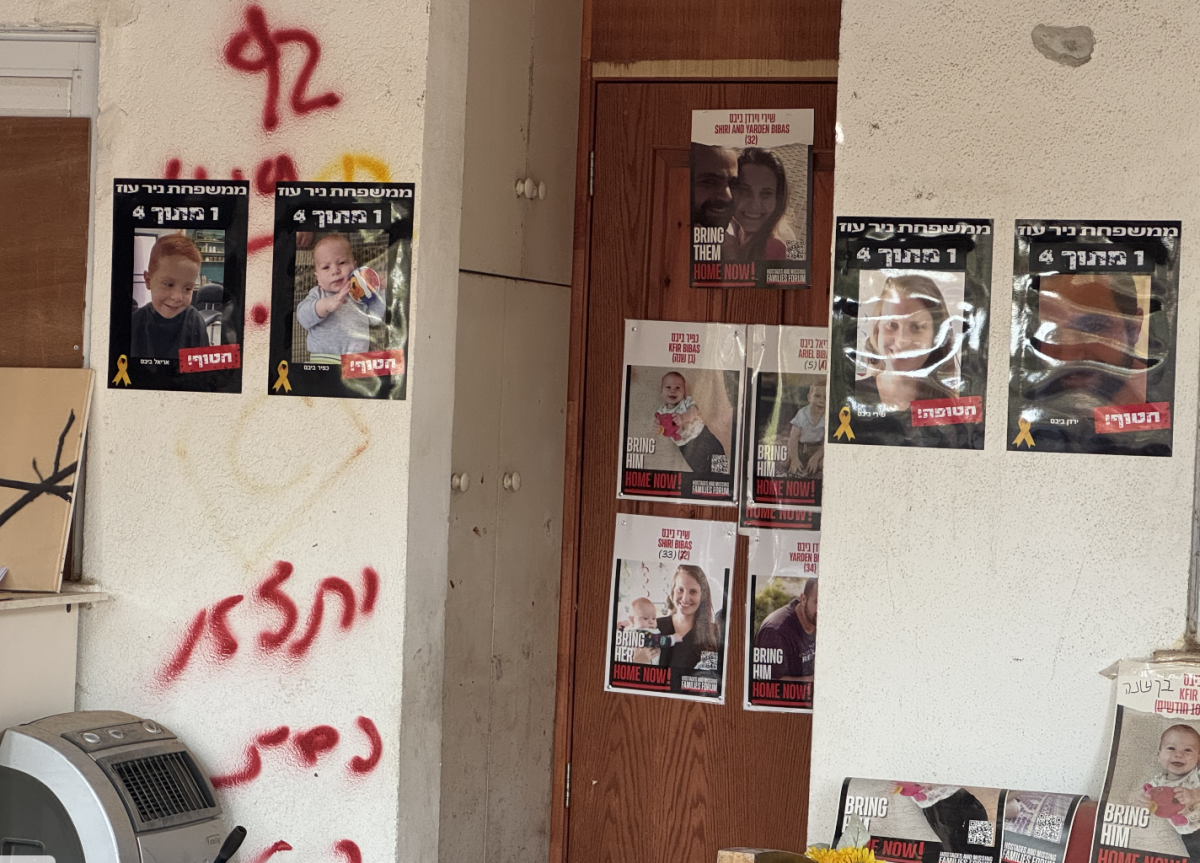



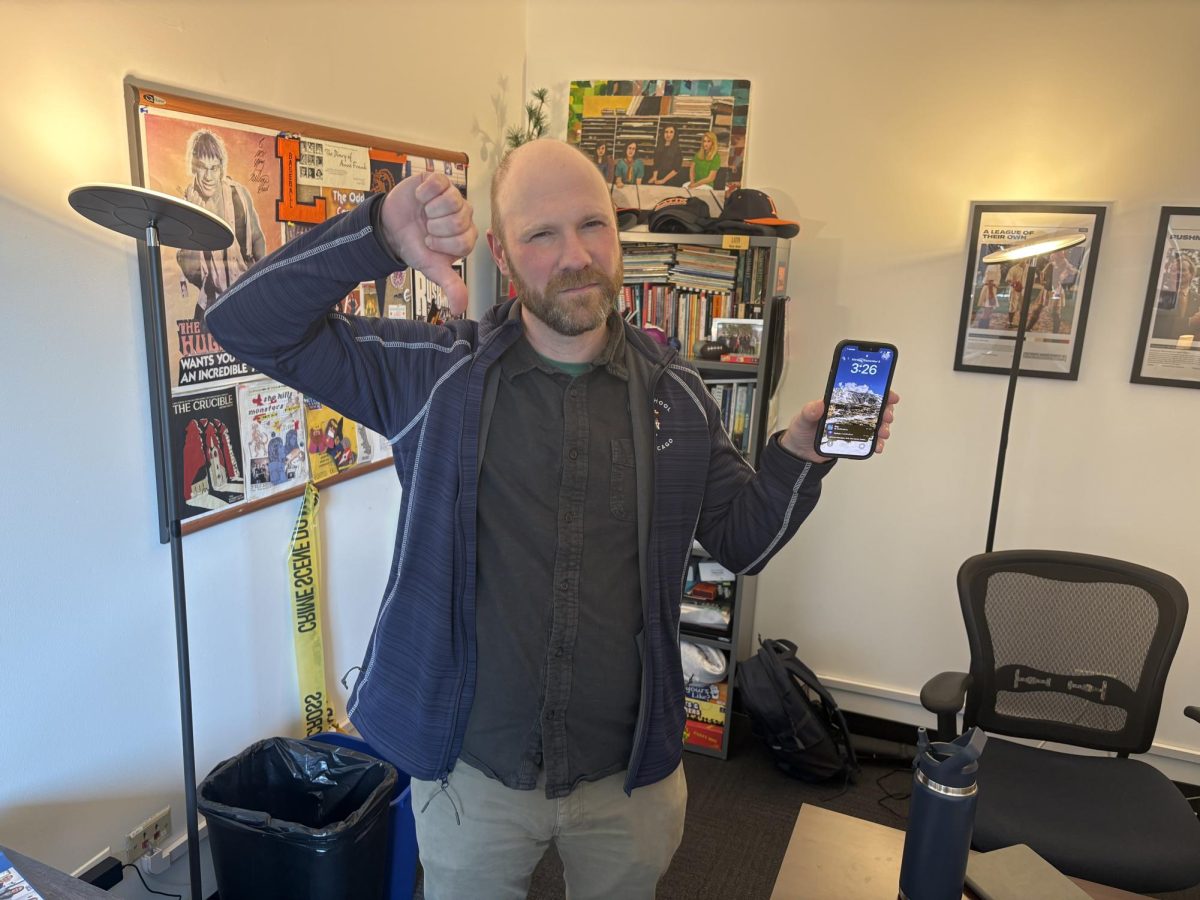









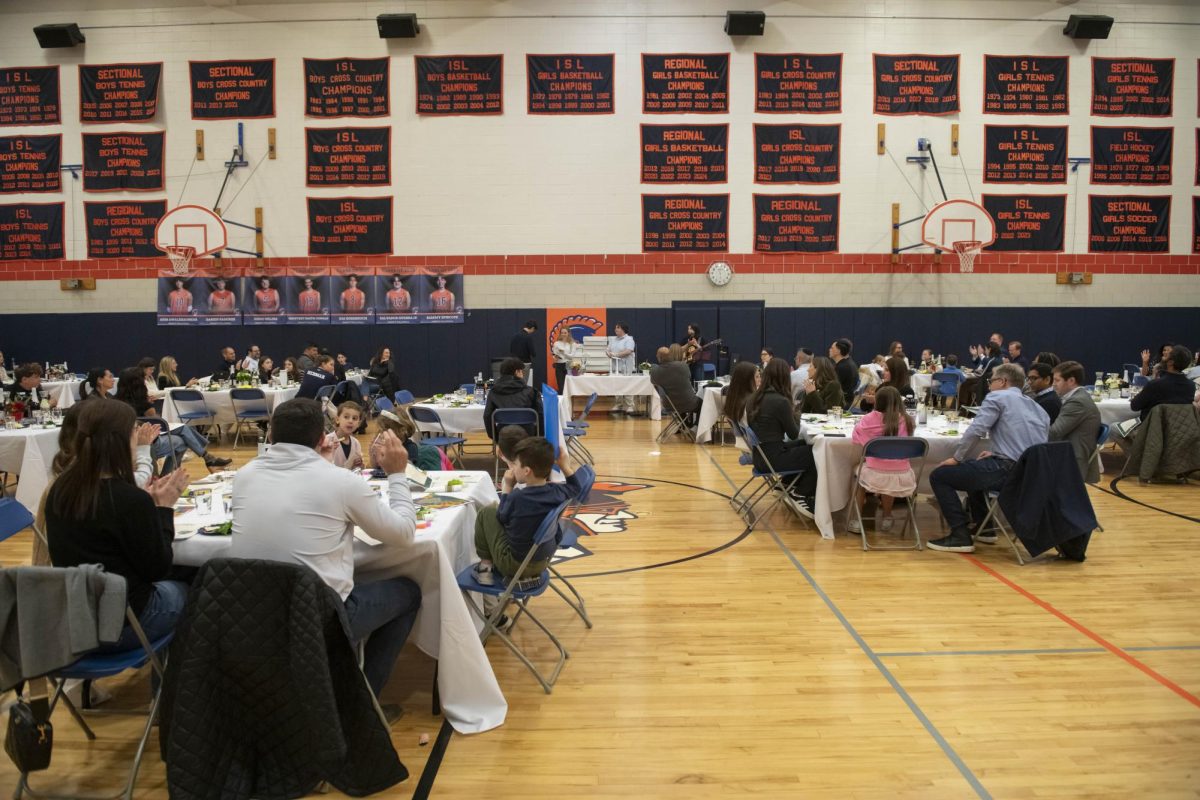
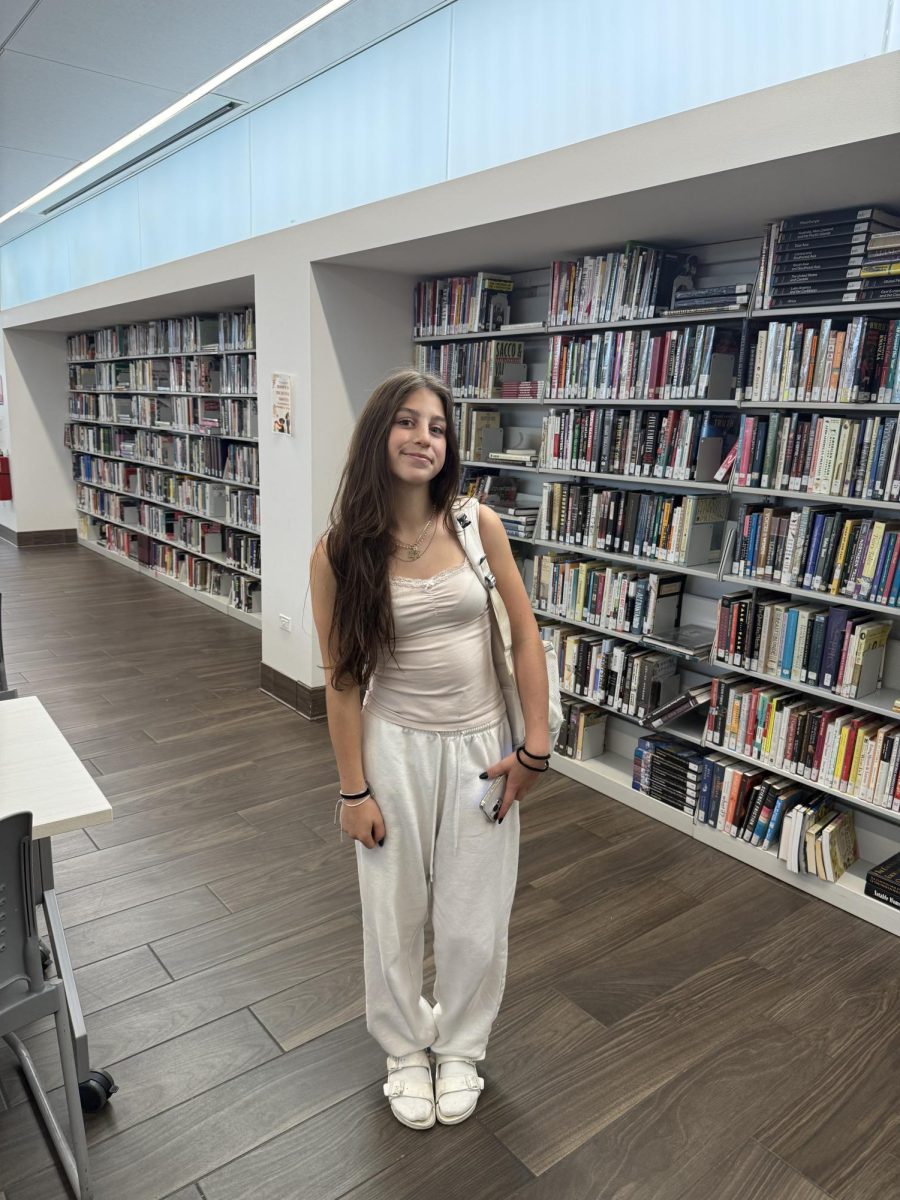
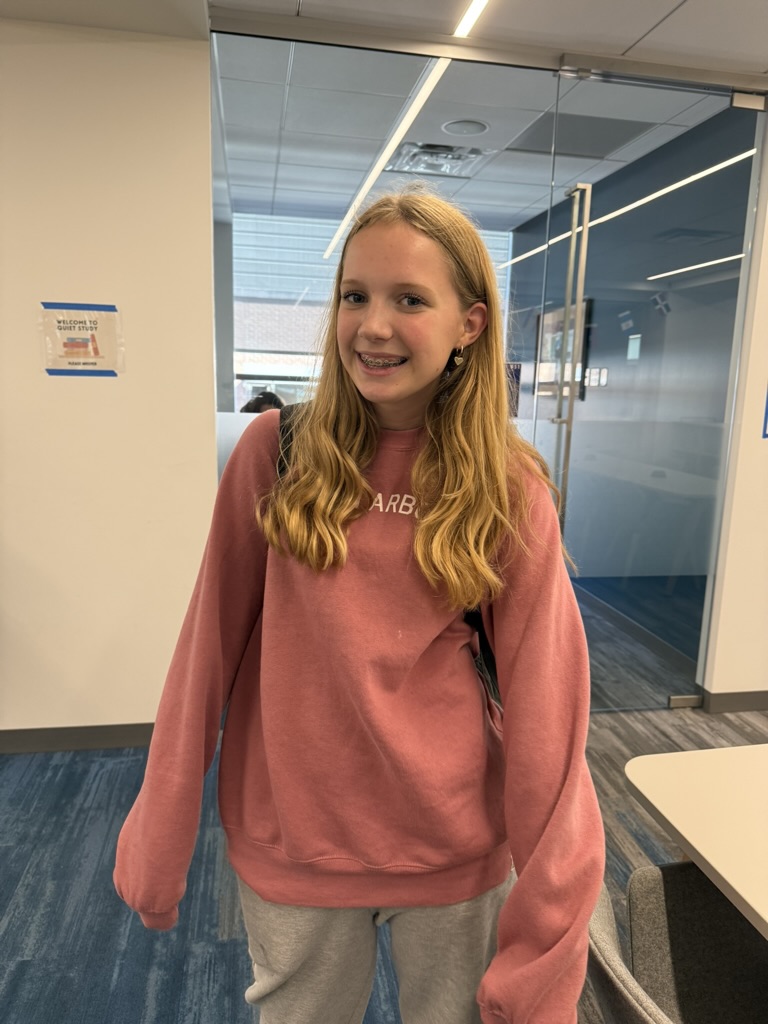


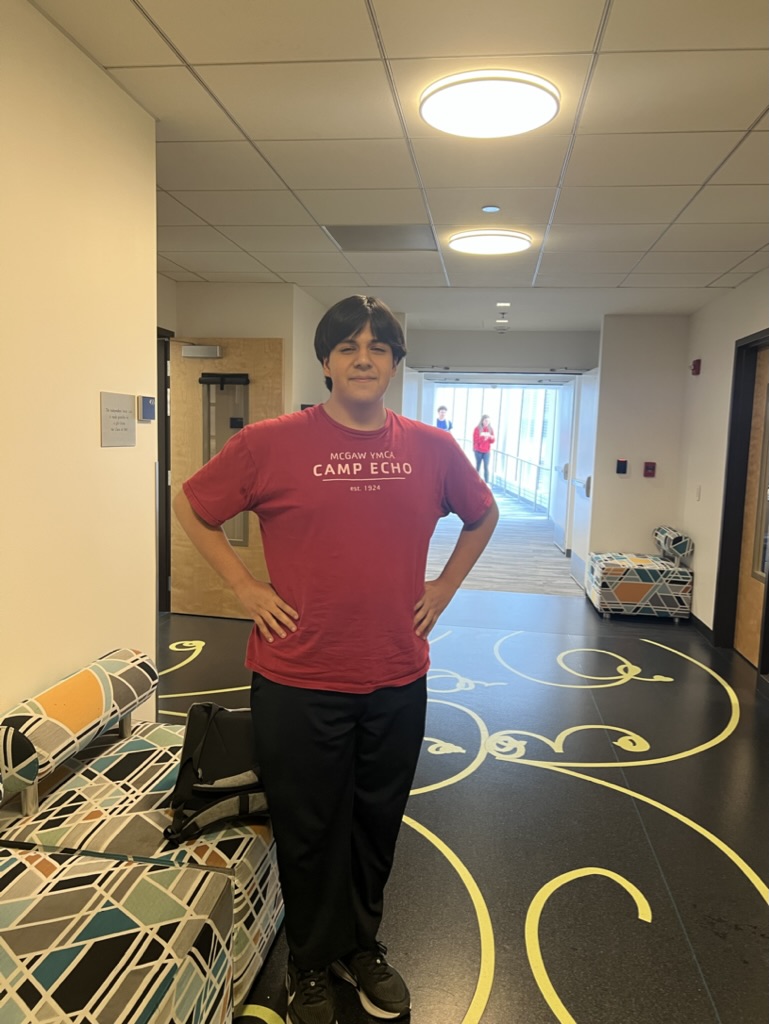
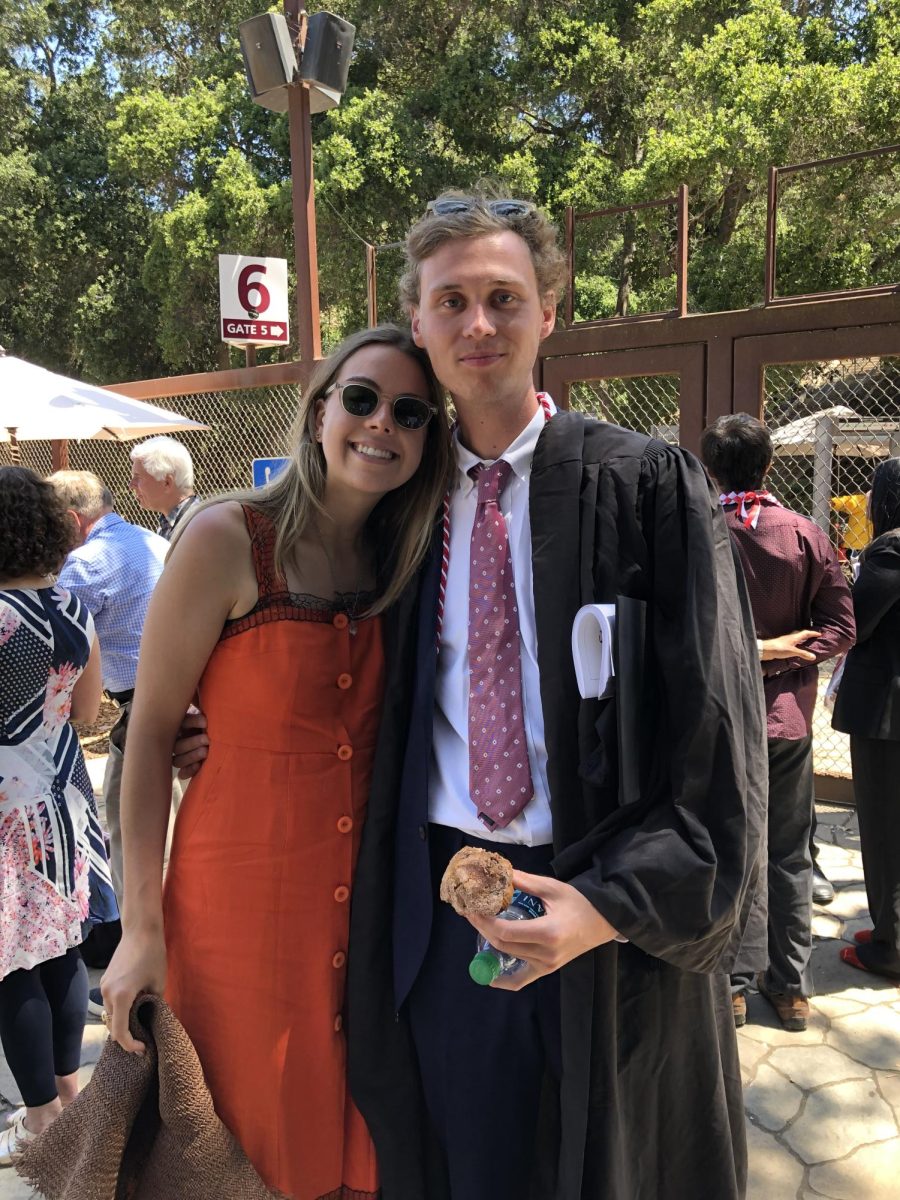
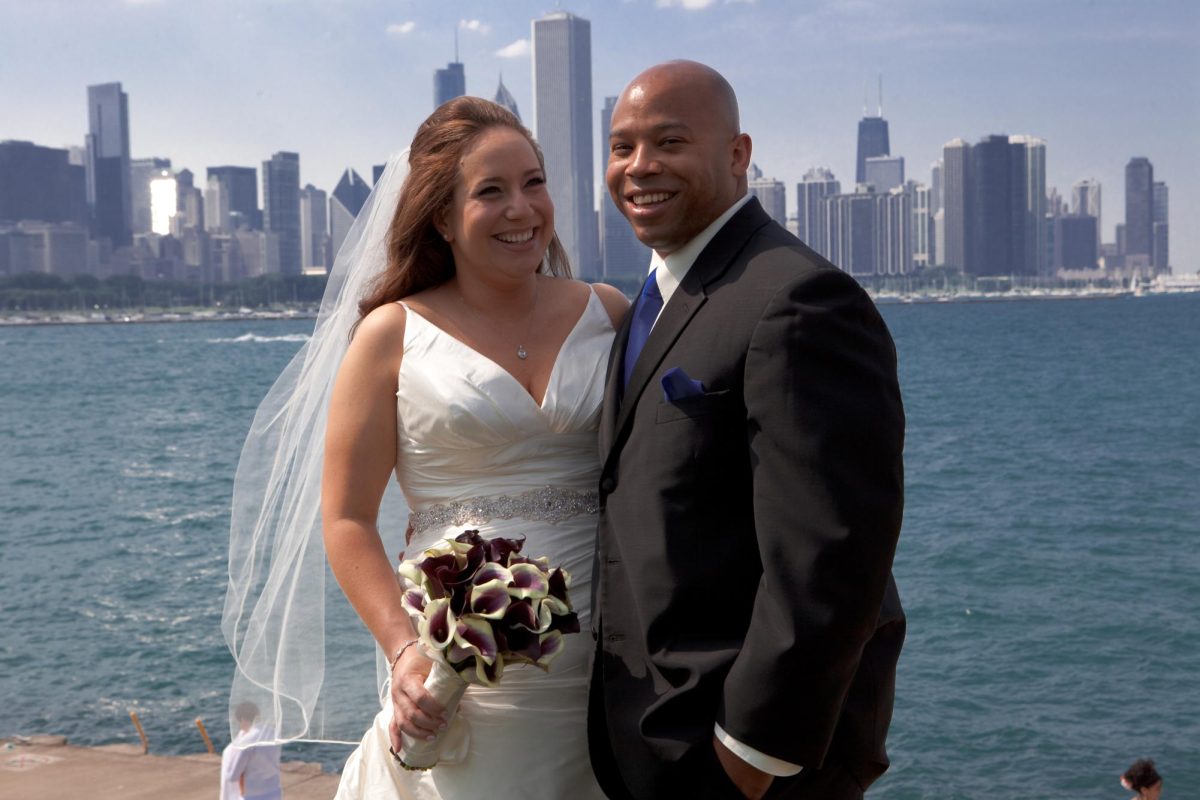
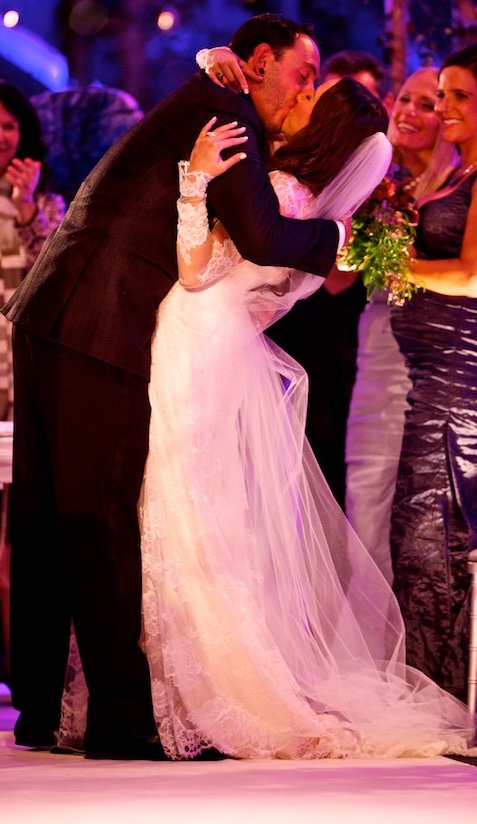

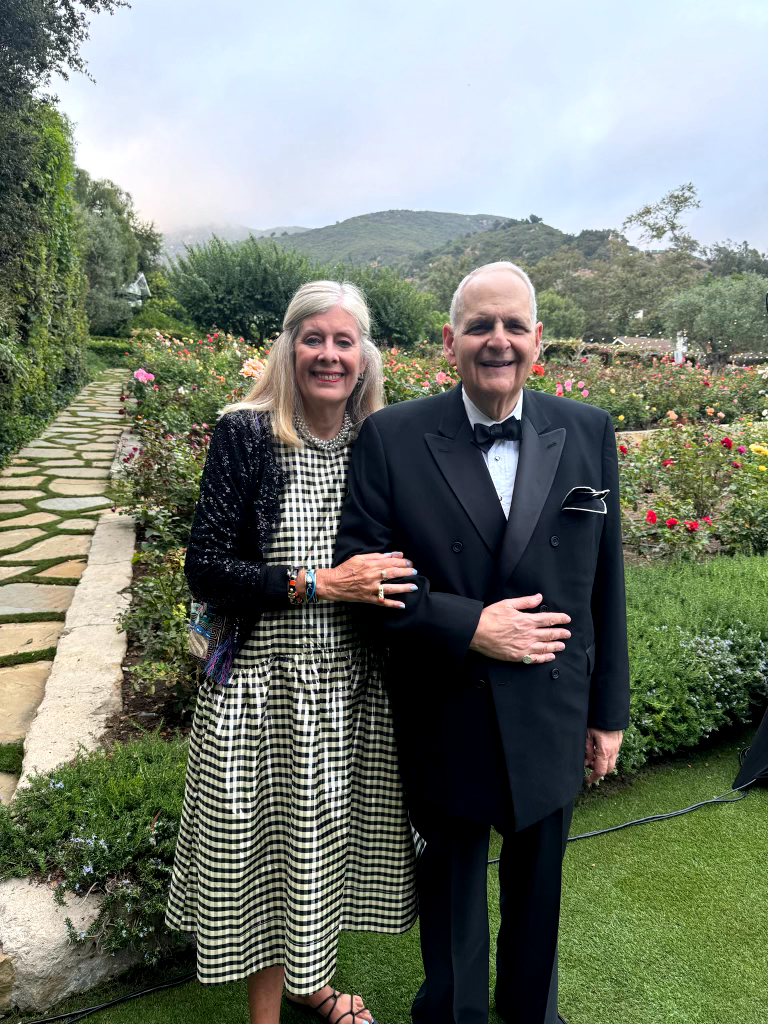
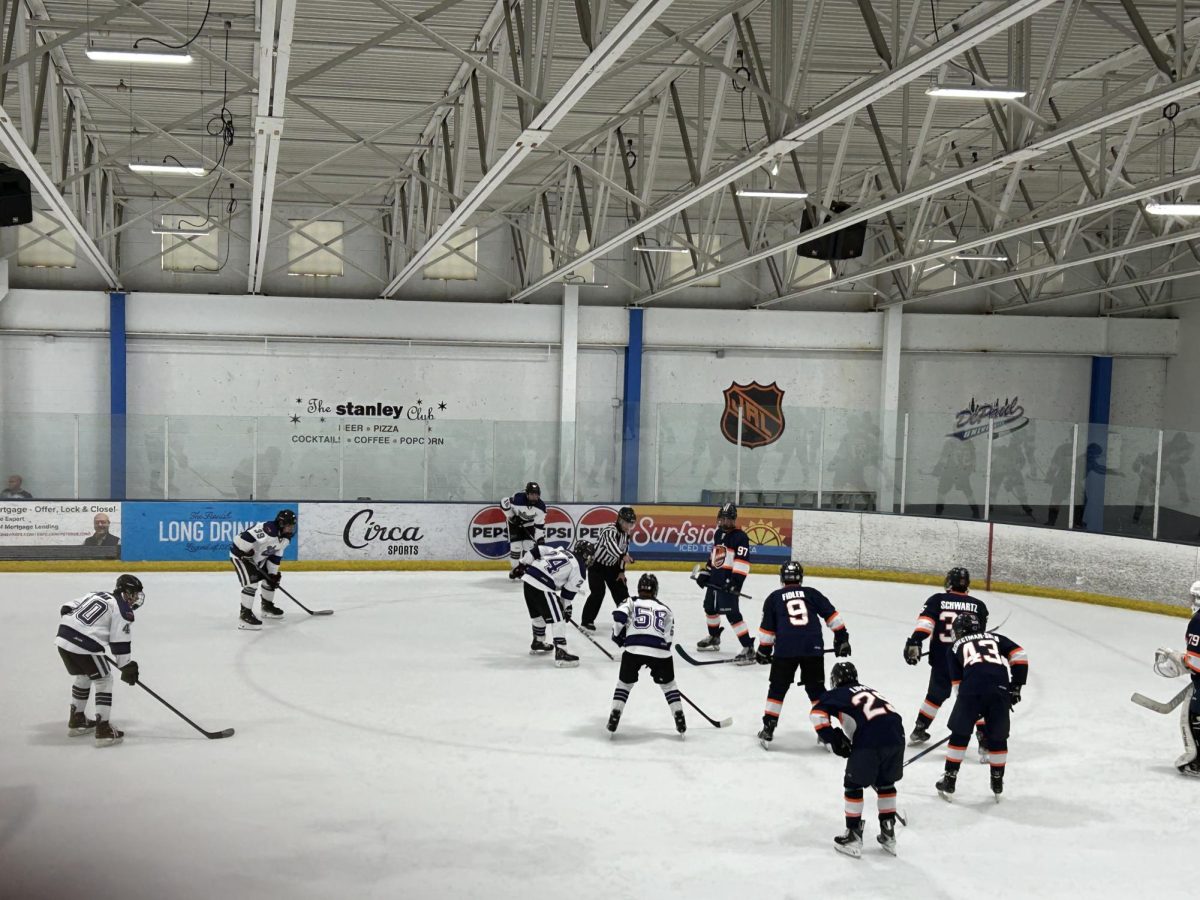
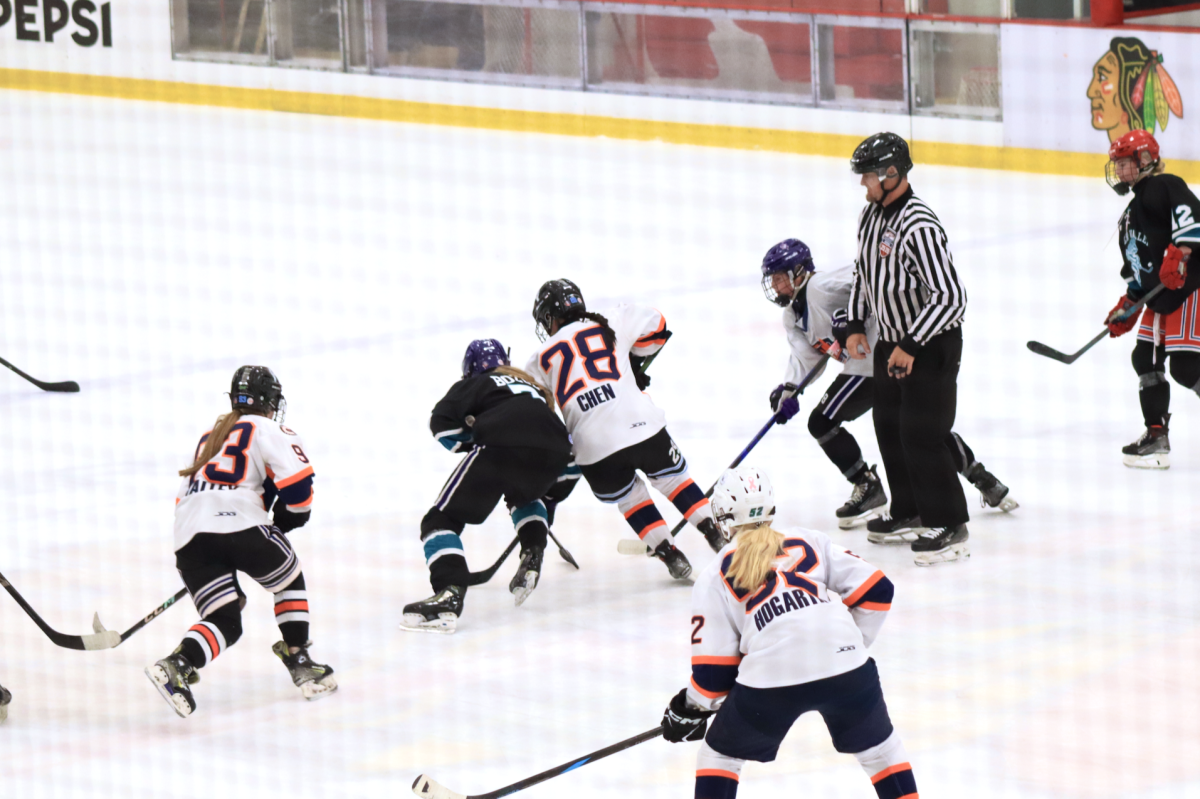



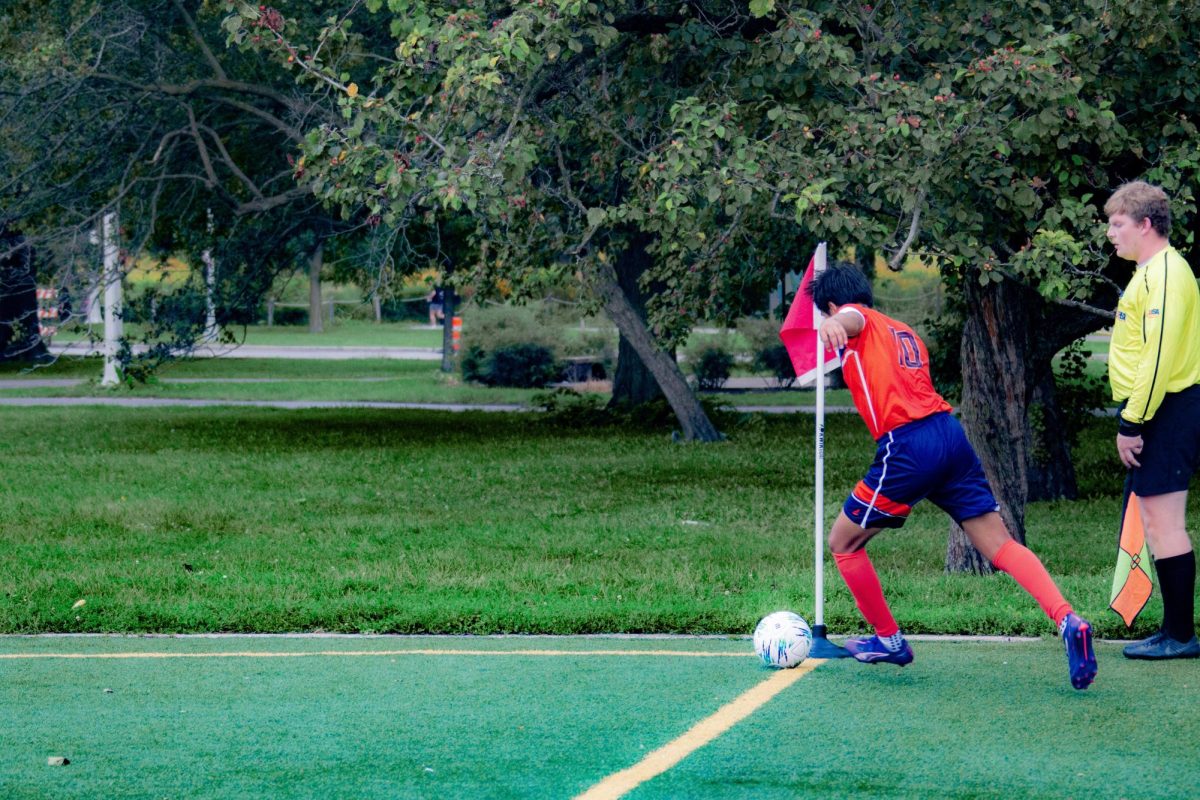
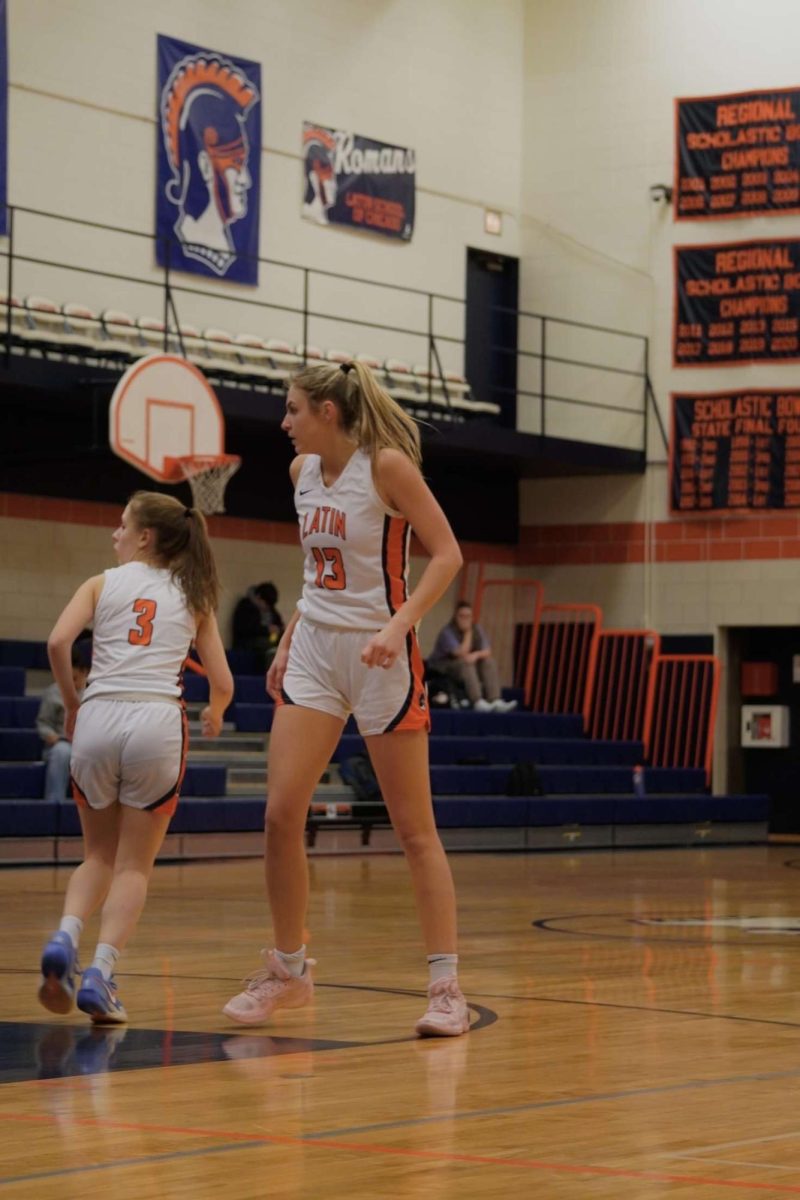

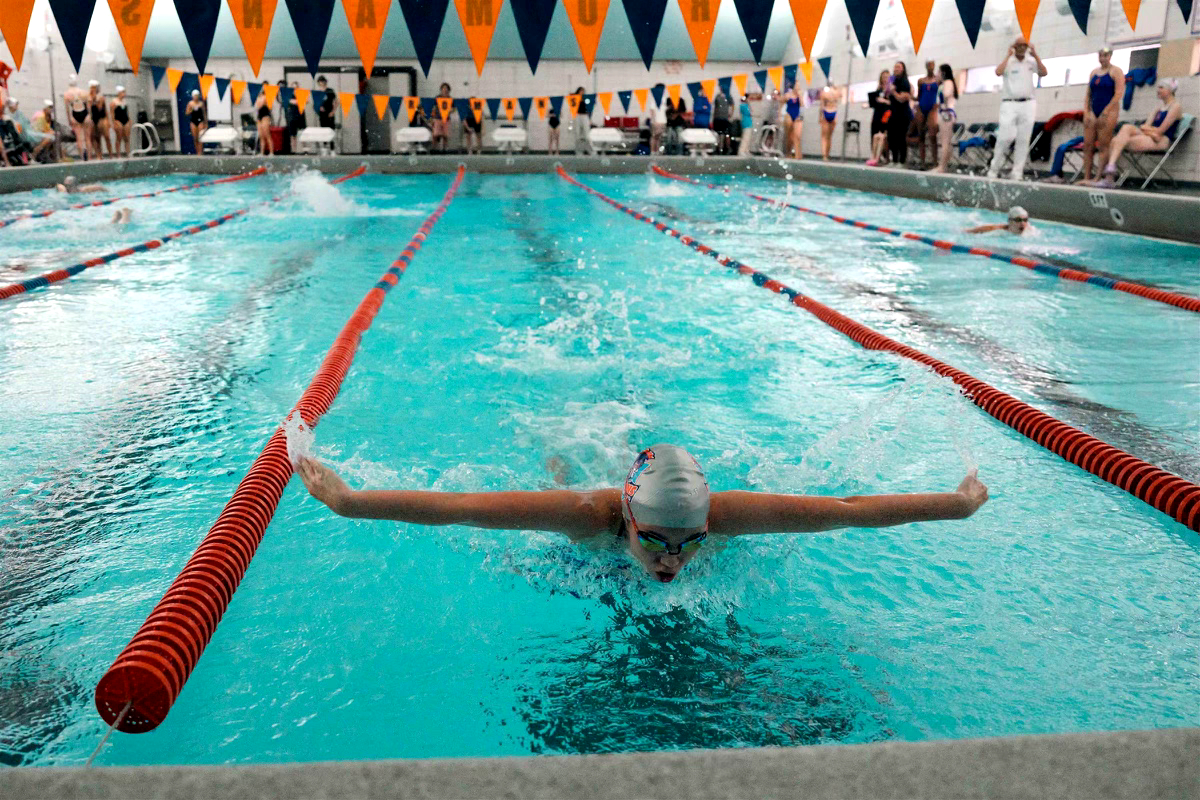




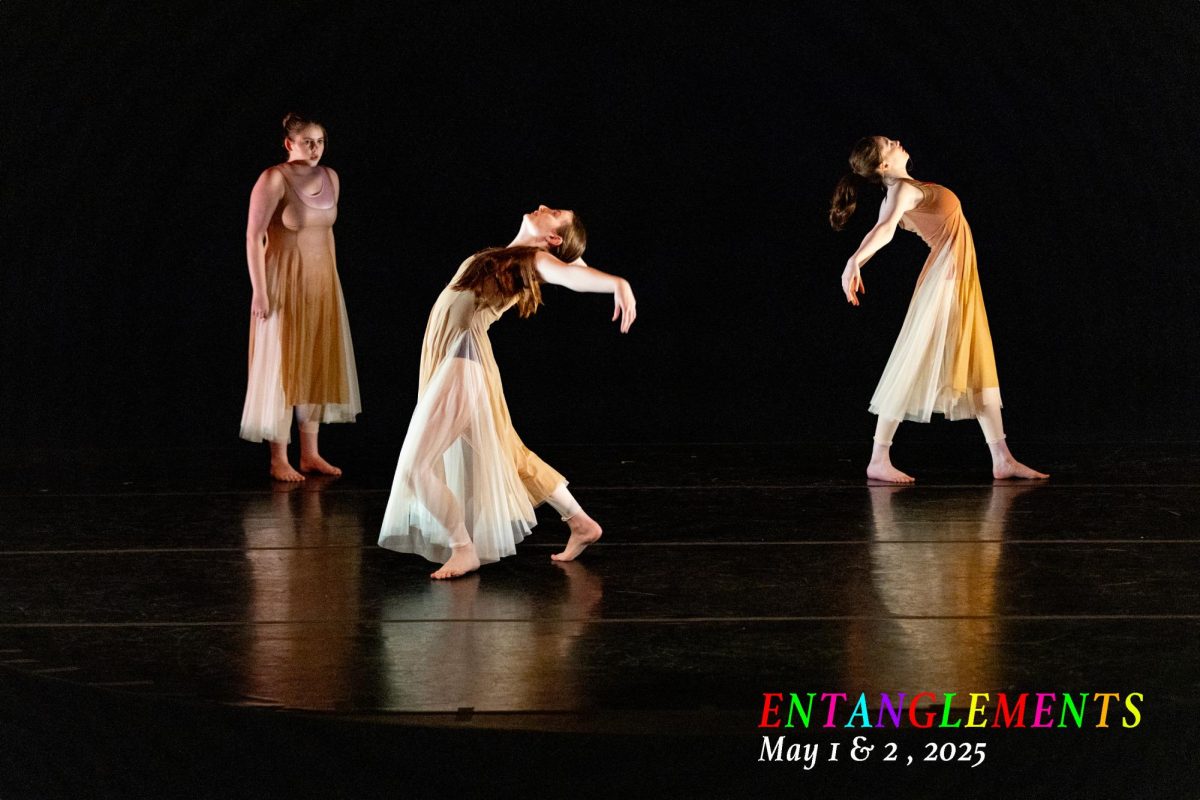
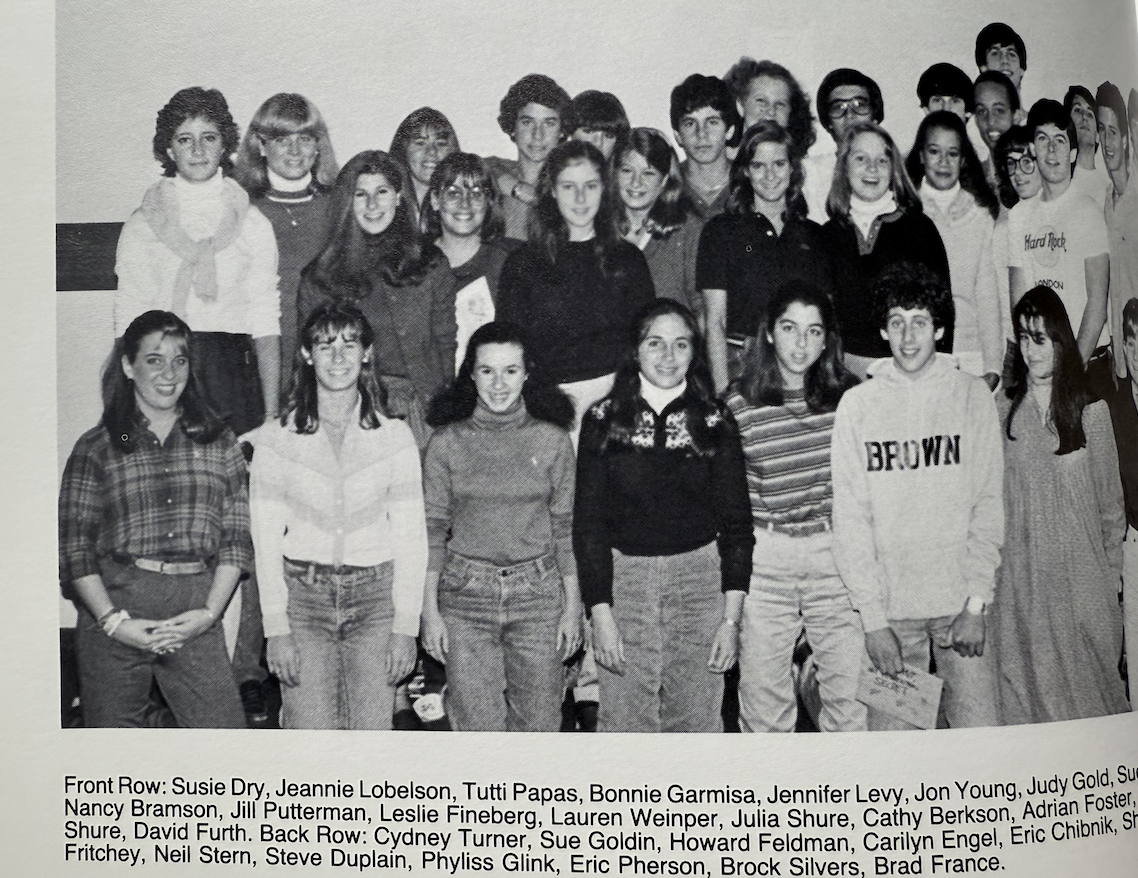
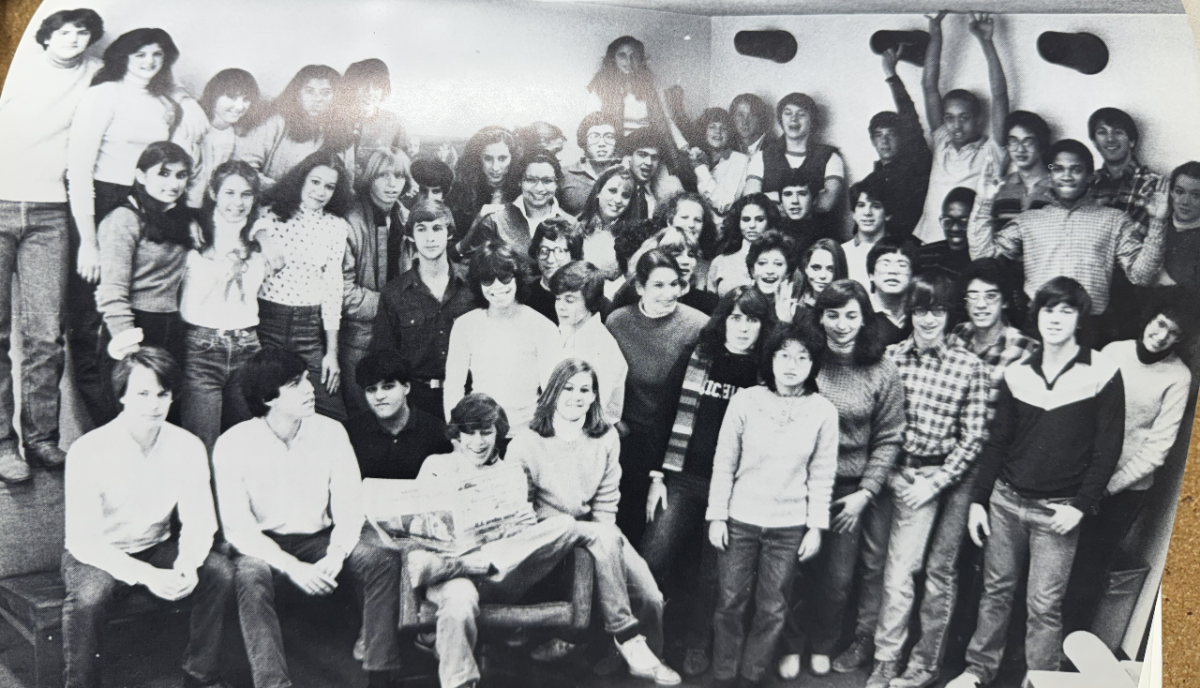
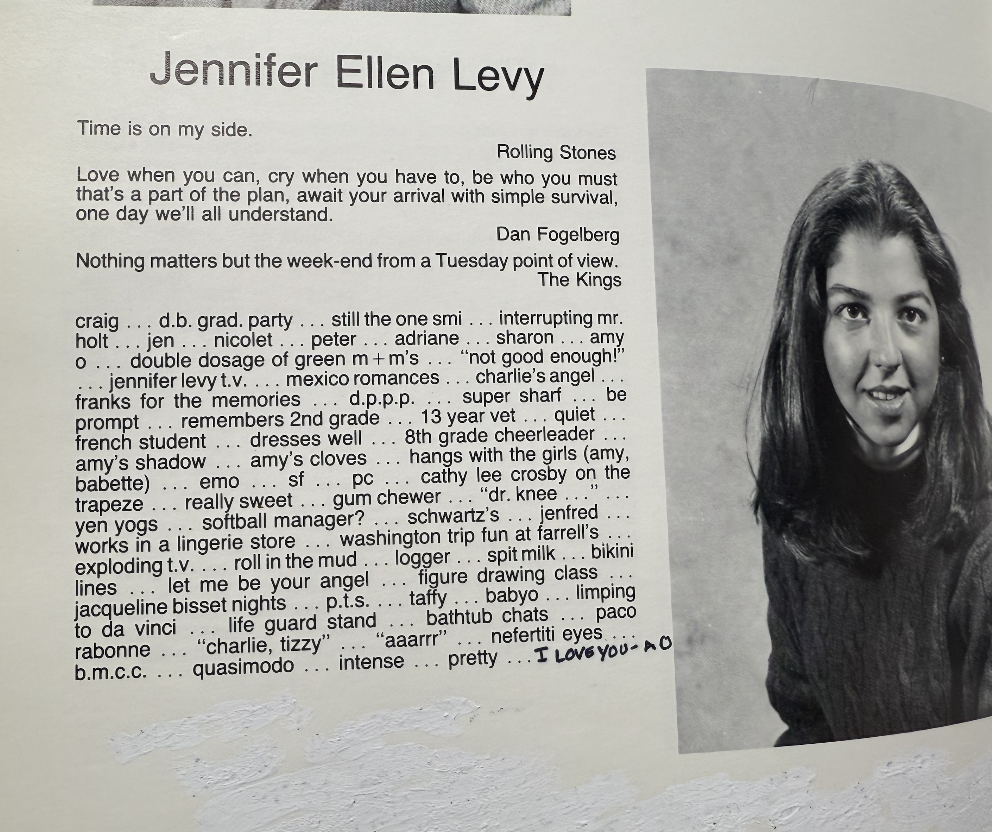

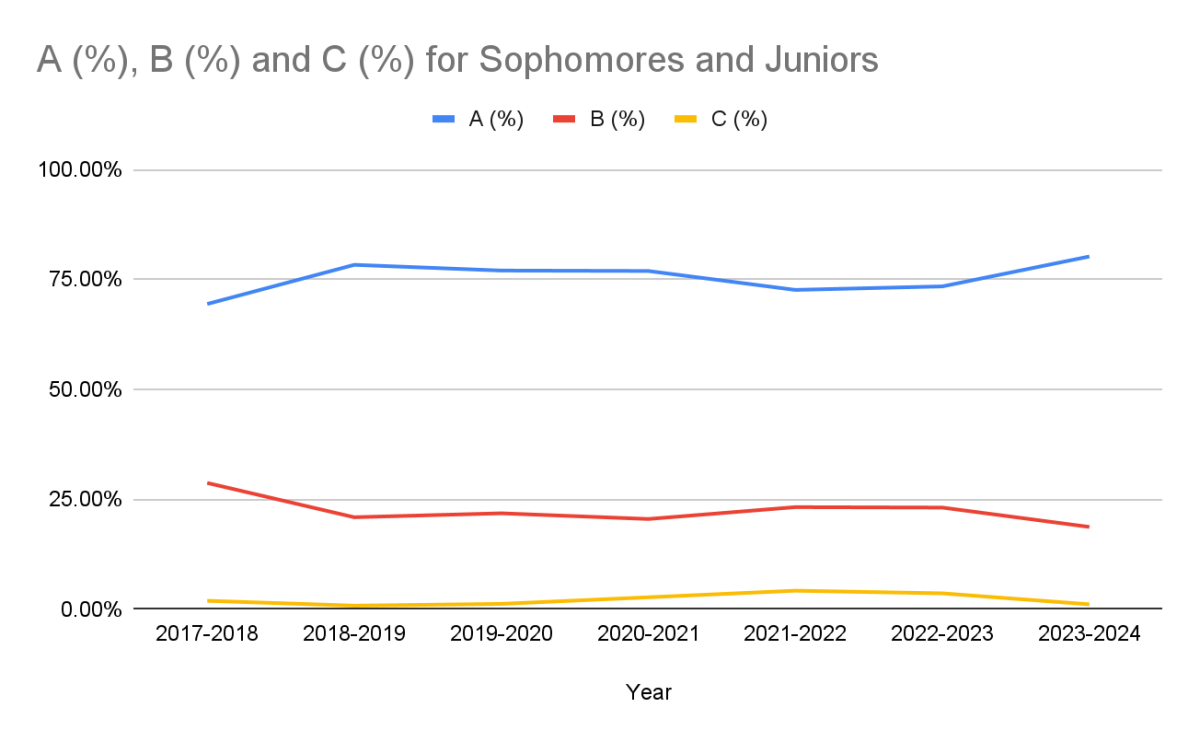

Raluchi Nzelibe • May 16, 2025 at 6:16 pm
Some of the comments in the video feel like they haven’t aged a day. Great article!
Deborah Linder • May 4, 2025 at 12:02 pm
This is a great article, Alexa.
Ellie Anderson • May 2, 2025 at 11:14 pm
This is so cool! “This is a dictionary encyclopedia not a book” Love that guy
jennifer Antelis • May 2, 2025 at 7:29 pm
Excellent article Alexa – you
have truly captured the changes in a well organized and eloquently written article!